Each issue offers a stunning collection of enticing weaving projects. But the magazine is more than that: it's a pattern book, and weave structure textbook, it's a place to discover original designs, and find solutions to weaving challenges. For over 20 years Handwoven has been an indispensable resource for weavers.
FROM THE EDITOR
FUTURE THEMES
Handwoven • MAY/JUNE 2021, Volume XLII Number 3
Letters • Stories, tips, tricks, and questions from Handwoven readers.
Somewhere in Time • I am a fiber artist. In my work, I love the materials I use, the processes I employ, and especially the rainbow of yarn that surrounds me. Color-saturated yarns allow me to convey my thoughts or inner visions to the viewer. For my rug Somewhere in Time, I visualized strong waves with a riled subsurface as they move the water and create riptides off a Great Lakes island. I envisioned it as a dynamic piece emoting powerful energy.
A Checkered (and Plaided) History • Before the mid-1960s when fashion skidded from sweater sets and poodle skirts to blue jeans and miniskirts, my sisters and I wore clothes sewn by our mom. She followed simple patterns to facilitate production in four sizes, and as her target demographic was not overly fussy about the finer details of couture, her fabric choices included a lot of colorful checks and plaids.
MEDIA PICKS
Favorite Finds • Household helpers made from wool and tools that might be new to you.
Caring for Your Reeds • Your loom’s reed plays an important part in keeping the warp aligned and evenly spaced. It also beats the weft against the fell as you bring the beater forward. Because reeds are interchangeable, I like to think of my reeds as loom accessories. For the variety of projects that I weave, I mostly use an 8-, 10-, or 12-dent reed. On the rare occasion when I have a bulky-weight yarn in the warp, I use a 6-dent reed to avoid abrasion. I rarely use a 15-dent reed with a single end per dent; I’d rather use an 8-dent reed and sett my warp at 16 ends per inch with 2 ends in a dent. For warps sett at 30 or 45 ends per inch, well, then I do turn to a 15-dent reed for its convenience. But mostly I stick with my three favorite sizes.
Handspun Hope: A Fiber Story from Rwanda • “Yarn from Rwanda? I’ve never heard of that!” I exclaimed several years ago when I discovered some beautiful organic, naturally dyed merino at a local yarn store. Until that visit, my knowledge of Rwanda wasn’t great. I knew it was in Central Africa, it was home to various endangered animals, and, of course, I knew about the terrible genocide in the 1990s.
Bits and Pieces Plaid • What do you do with all those small bits of yarn that accumulate: leftovers from knitting projects, small skeins of handspun, or that one special skein given as a gift? How do you handle short pieces of yarn that are too precious to toss but not long enough to weave an entire project? I reflected on these questions while sorting through my shelves one day. I pulled out a collection of odds and ends—yarns that seemed to coordinate but were different fibers, weights, and textures—a couple hundred yards of this, maybe 50 yards of that. I started thinking, “What would happen if I turned them into a plaid?” Plaids are not something I normally weave. Constant weft changes are not appealing to a yardage weaver like me who adores single-shuttle weaves. Still, the concept spoke to me, and I began playing around.
Weaving as Narrative • It is not the tea towel that sustains my interest in weaving; it is the very subject of weaving itself that attracts me. Weaving is thousands of years old. It is older than we know because its presence is fugitive. Archaeologists often only know weaving was present in a culture because of the impressions of cloth left behind on fragments of clay. These impressions are like a...
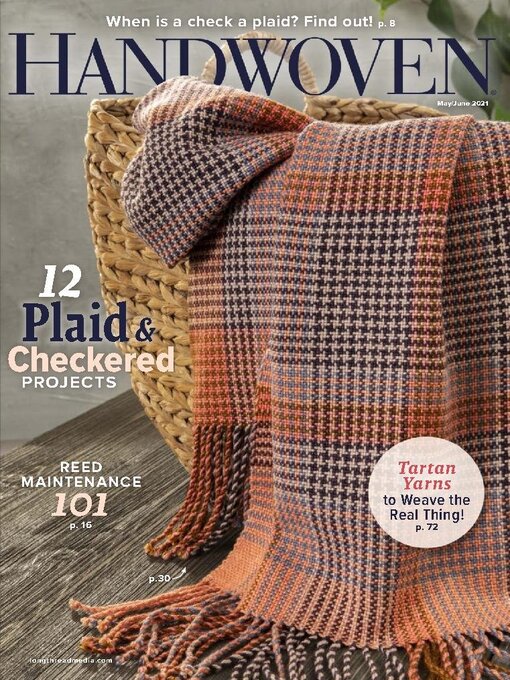
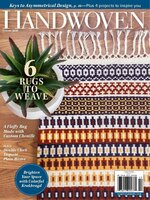 Summer 2024
Summer 2024
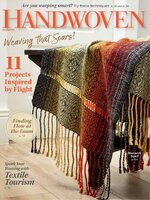 Spring 2024
Spring 2024
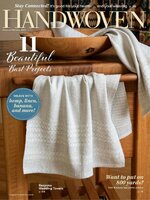 January/February 2024
January/February 2024
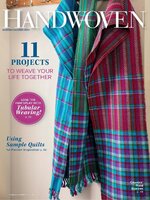 November/December 2023
November/December 2023
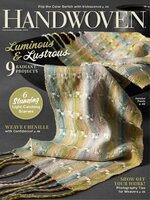 September/October 2023
September/October 2023
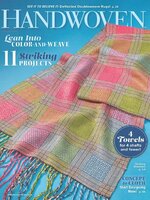 May/June 2023
May/June 2023
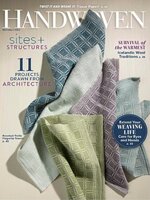 March/April 2023
March/April 2023
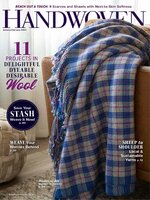 January/February 2023
January/February 2023
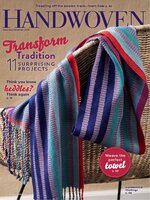 November/December 2022
November/December 2022
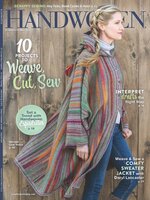 September/October 2022
September/October 2022
 May/June 2022
May/June 2022
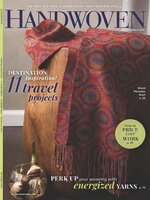 March/April 2022
March/April 2022
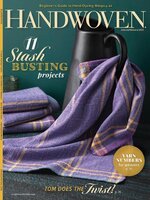 January/February 2022
January/February 2022
 November/December 2021
November/December 2021
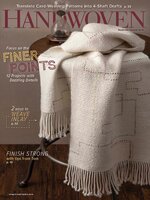 September/October 2021
September/October 2021
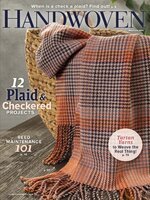 May/June 2021
May/June 2021
 March/April 2021
March/April 2021
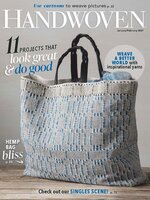 January/February 2021
January/February 2021
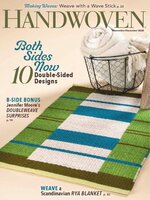 November/December 2020
November/December 2020
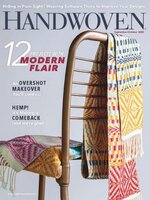 September/October 2020
September/October 2020
